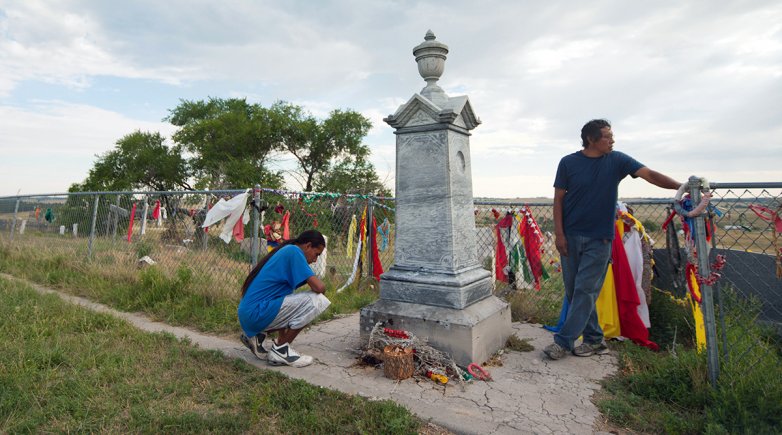Exeter Deconstructed: Williams House
The oldest dorm on campus, Williams House had its start as an experiment in residential living in 1852.
The oldest dorm on campus, Williams House had its start as an experiment in residential living in 1852.
Hoping to better provide for students of limited means, the Academy Trustees voted to lease the building to students and allow them to organize a low-cost “boarding club,” which served as the school’s first unofficial dormitory. Lodging costs were nominal and board cost $1.42 per week.
Known as “The Commons,” the Academy’s first dining hall occupied an entire floor of the residence.
The experiment in dorm living was so successful that the Trustees later voted to construct a larger, more comfortable dormitory.
Shortly after Abbot Hall was erected in 1855, Williams House fell into disuse and was sold.
The Academy repurchased the three-floor, 30-room building in 1906, planning to remodel it for use again as a dormitory.
Improvements to Williams House included hardwood floors, a two-story addition and modern bathrooms equipped with bath and needle showers.
Advertisements from the day touted the therapeutic value of needle showers, which featured several rows of sprays in addition to the overhead shower head. The state-of-the-art amenities were typically found only in private clubs and luxury hotels.
Reopening in the fall of 1907, Williams House could accommodate one instructor and up to 18 students. The basement held a faculty common room, a common room for students, The Exonian office and the office for the superintendent of grounds.
In a Sept. 18, 1907, issue, The Exonian reported: “The Williams House,in the ’50s the Academy’s first dormitory, has been practically rebuilt and enlarged, and now furnishes most attractive quarters.” Today, “Will House,” as it is affectionately known, houses 10 students and one instructor in one of Exeter’s first all-gender housing facilities. The Exonian now has its offices in the Elizabeth Phillips Academy Center.
An Exonian article from Oct. 10, 1908, reported that residents of Williams House had established a slush fund for purchasing magazines for the common room.
It’s unknown which magazines the residents preferred, but an announcement in the Nov. 21, 1906, Exonian lists some of the journals available in the Class of 1945 Library, including the Saturday Evening Post, Scientific American and Harvard Lampoon.
A single issue of the Post cost 5 cents in the early 1900s.
Before its first stint as a dormitory in the mid-19th century, Williams House was used by brothers John and Benjamin Williams, who ran a successful printing company out of the building from 1818-45.
J. and B. Williams Printers produced 250,000 volumes annually in its heyday. The Academy Library’s Special Collections holds copies of 85 different J. and B. Williams titles, including such gems as The Bandit’s Bride; or, The Maid of Saxony, a Romance by Louisa Sidney Stanhope (1837, reprint); Hume and Smollett’s History of England by David Hume and Tobias George Smollett (1828, reprint); and The Wonders of the Universe; or Curiosities of Nature and Art (1842), shown here.
Special thanks to Peter Nelson, Tom Wharton and The Exeter Historical Society; photos courtesy of PEA Archives and Special Collections.
Editor's note: This article first appeared in the fall 2017 issue of The Exeter Bulletin.

The Exeter Bulletin
The Exeter Bulletin